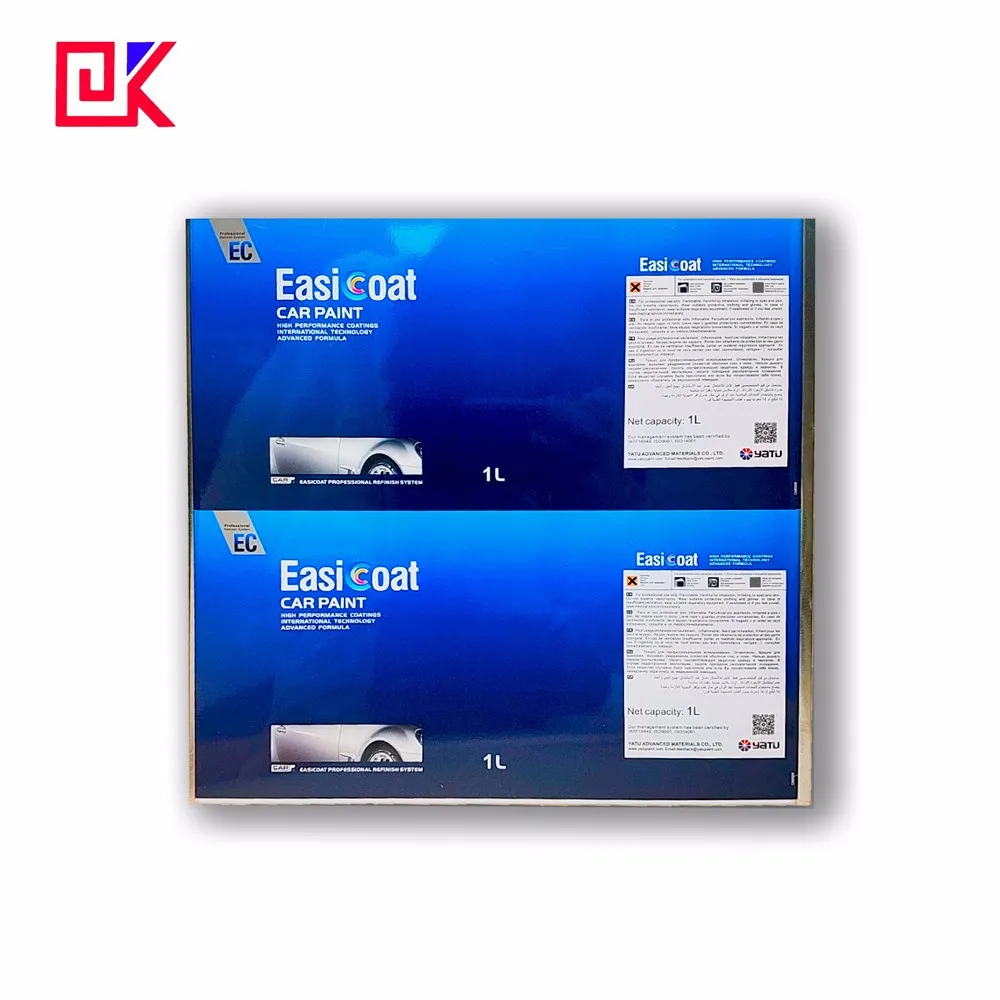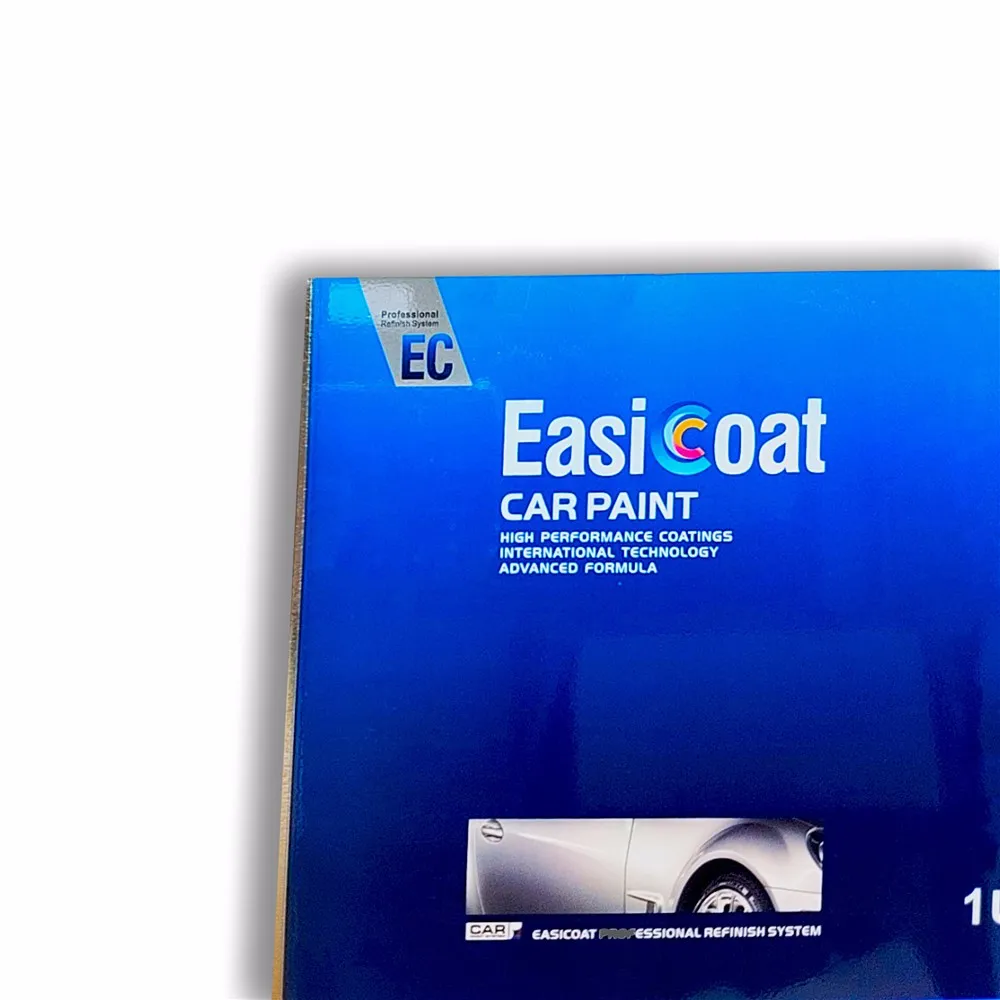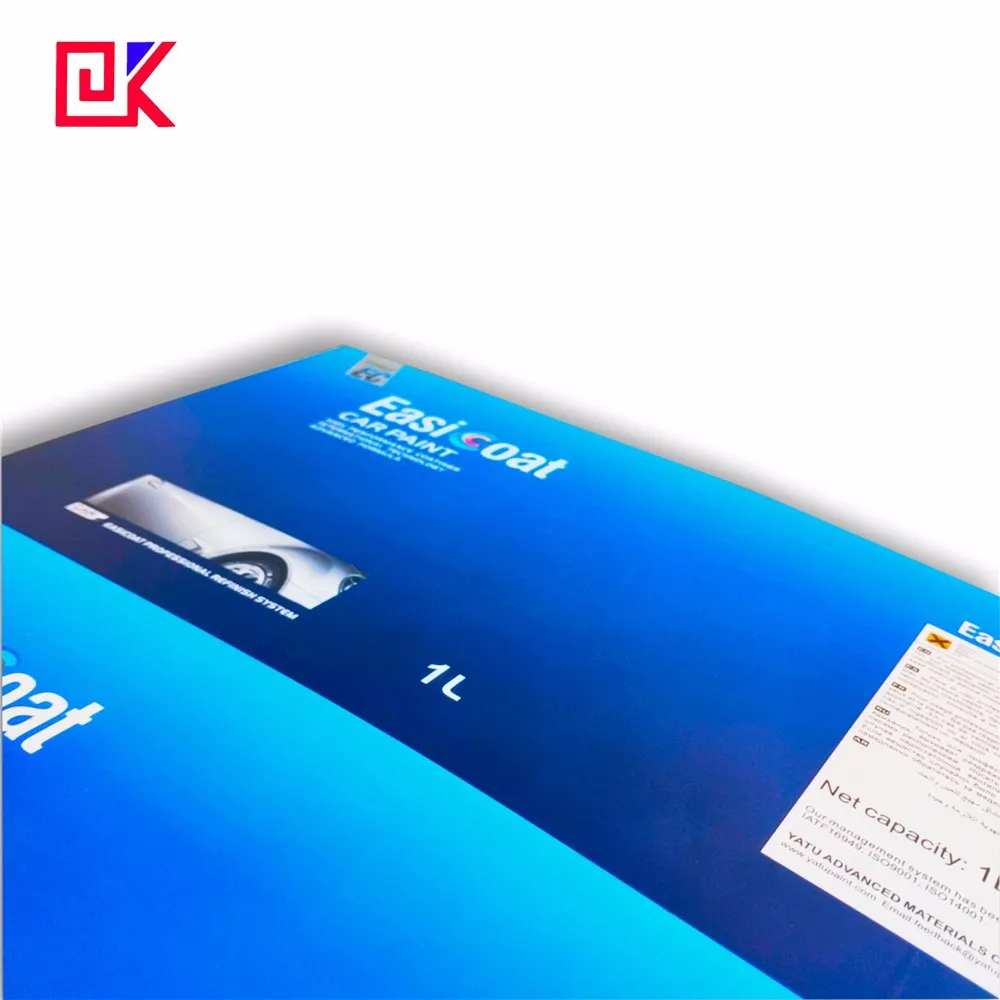Tinplate sheet is an important metal material commonly used in many fields such as food packaging, daily necessities storage, and chemical containers. The reason for its wide application is mainly due to the protective tin film on its surface, which prevents rust to a certain extent. However, tinplate sheet cannot completely avoid rust in all environments. When the tin coating on the surface of the tin plate sheet is damaged or exposed to humid air, acidic or alkaline environment under extreme conditions, rust may still occur.
This article will discuss how to effectively deal with rusty tin plate sheet and the treatment methods to prevent rust on tin plate sheet, so as to help everyone better maintain and extend the service life of tinplate sheet products.

How to deal with rusty tinplate sheet?
Once tinplate sheet rusts, it may affect its appearance and functionality, and even cause safety problems when packaging food or chemicals. Therefore, how to deal with rusty tin plate sheet is a key issue. The following are several common methods for dealing with rusty tinplate sheet.
Mechanical grinding and rust removal
Mechanical grinding is one of the most common rust removal methods, which mainly removes rust on the surface of tin plate sheet by physical means. Commonly used tools include sandpaper, wire brushes, polishers, etc. The specific steps are as follows:
● Step 1: Preliminary cleaning: First, use clean water or a damp cloth to remove obvious dust and dirt on the surface so that the rusted area can be clearly seen.
● Step 2: Grinding and rust removal: Use sandpaper or a wire brush to gently polish the rusted area. Pay attention to the strength when grinding to avoid damaging the underlying metal substrate. For areas with more severe rust, an electric polisher can be used to accelerate the process.
● Step 3: Wipe and check: After grinding, wipe the surface with a clean cloth to ensure that the rust has been completely removed. If there are still residual rust spots, you can repeat the grinding until the surface is smooth.
Grinding can effectively remove surface rust, but be aware that excessive grinding may damage the original tinplate sheet tin layer, so try to be gentle during the grinding process.
Chemical rust removal
For some rust that cannot be completely removed by mechanical methods, chemical rust removal is an efficient solution. Chemical rust removal is to use acidic or alkaline chemical solutions to react with rust to dissolve and peel it off, thereby achieving the purpose of removing rust. Commonly used chemical rust removers include phosphoric acid, hydrochloric acid, citric acid, etc.
● Step 1: Prepare rust remover: Select a chemical rust remover of appropriate concentration, generally phosphoric acid, because phosphoric acid can not only dissolve rust, but also form a layer of phosphating film to provide certain anti-rust protection.
● Step 2: Apply or soak: Apply the rust remover evenly to the rusted area, or soak the small tinplate sheet products directly in the chemical solution. The soaking time depends on the degree of rust, usually ranging from a few minutes to tens of minutes.
● Step 3: Cleaning and neutralization: After the rust is dissolved, remove the tin plate sheet products from the solution in time and rinse them with clean water. In order to prevent the residual chemicals from continuing to corrode the tin plate sheet, it is also necessary to treat it with a neutralizer (such as an alkaline solution) to ensure that the chemical residues are completely removed.
● Step 4: Drying and protective layer: Finally, dry the cleaned tinplate sheet thoroughly to avoid secondary rust caused by residual moisture. After drying, it is recommended to use anti-rust oil or coating for protection to further extend its service life.
Electrochemical rust removal
Electrochemical rust removal is a more advanced rust removal method that uses the principle of electrolysis to remove rust on the surface of tinplate sheet. The specific steps are as follows:
● Step 1: Prepare electrolyte: Generally choose weak acid or weak alkaline electrolyte, such as dilute hydrochloric acid or dilute alkali solution.
● Step 2: Electrode setting: Use the rusty tin plate sheet as the cathode and connect it to the negative pole of the power supply; use stainless steel or other materials with good conductivity as the anode and connect it to the positive pole of the power supply.
● Step 3: Perform electrolysis: After power is turned on, the rust will gradually dissolve in the electrolytic reaction, and the oxide will decompose and fall off from the surface of the tin plate sheet.
● Step 4: Cleaning and drying: After the treatment is completed, rinse off the electrolyte and dissolved rust with clean water, then dry thoroughly and apply an anti-rust protective layer.
Electrochemical rust removal is suitable for fine metal surface treatment, especially for more complex parts structures. It can effectively avoid damage to the tin plate sheet substrate caused by mechanical grinding and chemical rust removal.
Surface coating repair
After rust removal, rusted tin plate sheets need to be repaired with a surface coating to prevent re-oxidation. This process can be achieved by manually applying anti-rust paint, or by using more professional processes such as spraying or dipping for surface repair.
● Anti-rust paint coating: Anti-rust paint is a special paint containing anti-corrosion ingredients that can form a protective film on the metal surface. After the rust is treated, a thin layer of anti-rust paint can be applied to the surface of the tinplate sheet to further protect it from contact with air and moisture.
● Hot-dip galvanizing or tinning: For large areas of rust or severe corrosion, hot-dip galvanizing or re-tinning can be used to restore its anti-corrosion properties. This method is suitable for large-scale production and repair processes and can provide a more lasting protective effect.

What are the treatment methods to prevent tinplate sheet from rusting?
In order to extend the service life of tinplate sheets and prevent them from rusting due to environmental factors or mechanical damage, it is essential to take a series of anti-rust treatment measures. The following are several common tin plate sheet anti-rust methods to help effectively prevent rust problems.
Tinning process
The anti-rust ability of tinplate sheets comes from its surface tinning process. The tin layer prevents air, moisture and other corrosive substances from contacting the steel substrate by physical isolation, thereby preventing oxidation reactions from occurring. Depending on the application area, the thickness of the tin layer can be adjusted to improve the rust resistance.
In the packaging of food, beverages and other daily necessities, the tin plating process is widely used to ensure that the tinplate sheet will not corrode easily even if it is exposed to acidic and alkaline substances for a long time. This is the basic rust prevention method for tin plate sheets.
Coating treatment
In addition to the tin layer protection, an organic coating is often added to the surface of the tinplate sheet to further enhance its corrosion resistance. The coating materials generally include polyester, epoxy resin, acrylic acid, etc. These organic coatings can not only isolate water vapor and oxygen in the external environment, but also resist acid and alkali corrosion, ensuring that the food or chemicals inside the package will not come into direct contact with the metal.
Coating treatment is usually used in tin plate sheet packaging that needs to be stored or transported for a long time, such as canned food, cosmetics and chemical containers.
Anti-rust oil coating
For some tin plate sheet products that are easy to use in humid environments, coating with anti-rust oil is a simple and effective anti-rust method. Anti-rust oil can form an oil film on the metal surface to prevent the intrusion of moisture and air.
In industrial products, anti-rust oil is often used to protect mechanical parts, but it is less used in the field of food packaging because food-grade materials usually have special requirements for grease.
Electroplating process
Electroplating is another common rust prevention method. It deposits a metal coating, usually zinc, nickel or chromium, on the surface of tinplate sheet to improve its corrosion resistance. Electroplating is more delicate than hot-dip plating, and can significantly improve the durability of tin plate sheet without affecting the original appearance and function.
Dry storage and sealed packaging
The storage environment of tin plate sheet also has an important impact on its rust prevention performance. Keeping tinplate sheet in a dry environment and avoiding long-term exposure to humid air is one of the effective means to prevent rust. At the same time, for unused tin plate sheet products, using sealed packaging can further isolate external oxygen and moisture.


